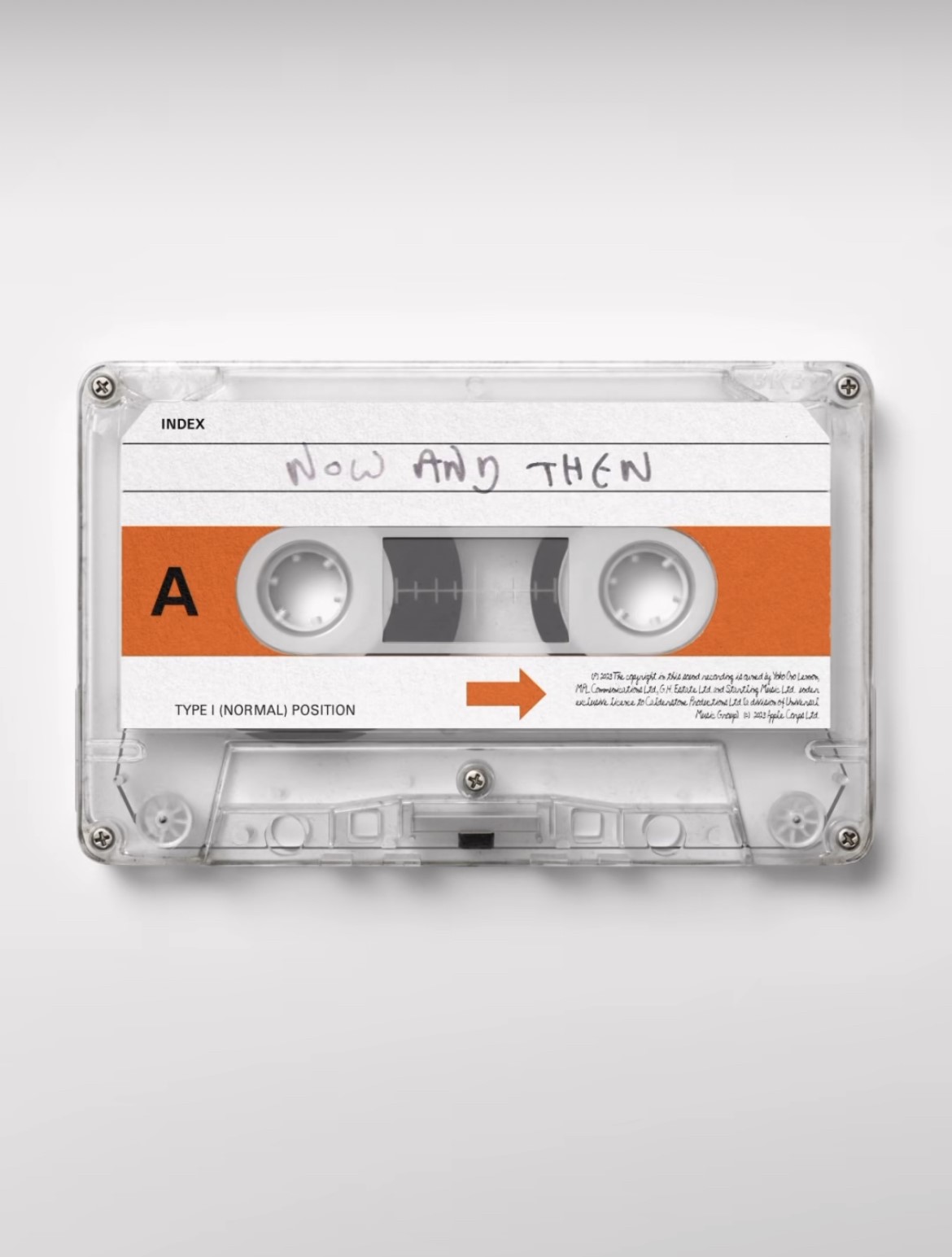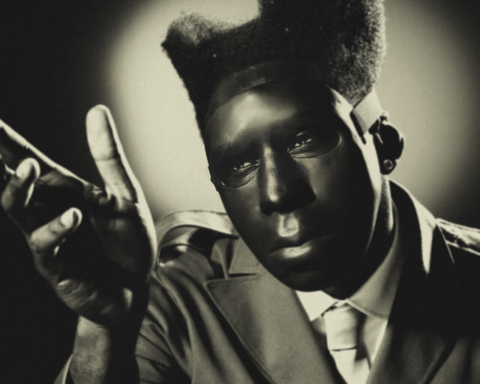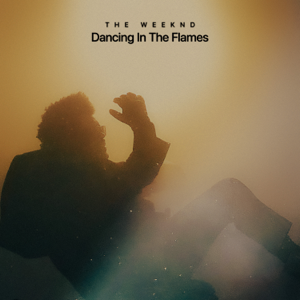BY JOSEPH DEBELL, OPINION ASSIGNMENT EDITOR
Photo courtesy of @thebeatles on Instragram
Even though there are minor issues with the mixing process, The Beatles’ new single “Now And Then” is an emotional epilogue to the band’s 60-plus-year journey.
The song was once a passionate John Lennon piano ballad demo from 1977 and was later completed by Paul McCartney and Ringo Starr — with contributions from the late George Harrison.
After a familiar Paul McCartney count-off, the track kicks off with Lennon’s timeless vocals, which sound more emotionally present than ever. But the song is more than just a recovered Lennon demo; its lyrics display a heartfelt duet across decades between Lennon and McCartney.
“I know it’s true/ it’s all because of you,” sung by Lennon and later filled in by McCartney. “I want you to be there for me.”
The song’s most potent and sorrowful moments come from its lyrics.
“Now and then I miss you.”
Despite the song not being heavy-handed lyrically, its lyrics take on a new meaning when listeners consider the band’s members who have passed away. The lyrics create a teary-eyed connection between Lennon’s passing and his demo perfected today. Plus, George Harrison’s licks on the guitar add a dynamic quality and charm that compliments the lush string instrumentation.
It’s also important to note the keystone of the song — the AI on John Lennon’s vocals. The AI isn’t used to replace or enhance Lennon’s vocals but to isolate them from the piano and TV buzz in the background of the original demo so that the rest of the group could finish this track. With the help of AI, McCartney and Lennon’s harmony becomes lively as they capture the Liverpool band at their psychedelic peak.
Another complementary aspect of this track is the backing vocals. They’re lifted from three different Beatles songs: “Here, There & Everywhere,” “Eleanor Rigby,” and the most noticeable one of them all, “Because.”
The backing track vocals in “Because” are pulled from the song’s intro when the group is in a three-part harmony. They superimpose this harmony and use it for a critical chord change during the bridge.
Giles Martin, son of The Beatles producer George Martin, arranged the strings for this final send-off. Due to this, the ending has an orchestra-esque outro, which smoothly changes the steady rhythm of the song into a skipping rhythm.
While I understand the complaints about how the mixing on this track is slightly closed because of the mountain of bass on this song, I don’t agree that it ruins the track’s classic glamor.
“Now and Then” is a reminder of The Beatles’ timeless appeal. It’s a touching goodbye to the Fab Four that molded rock music history.
debelljb22@bonaventure.edu









